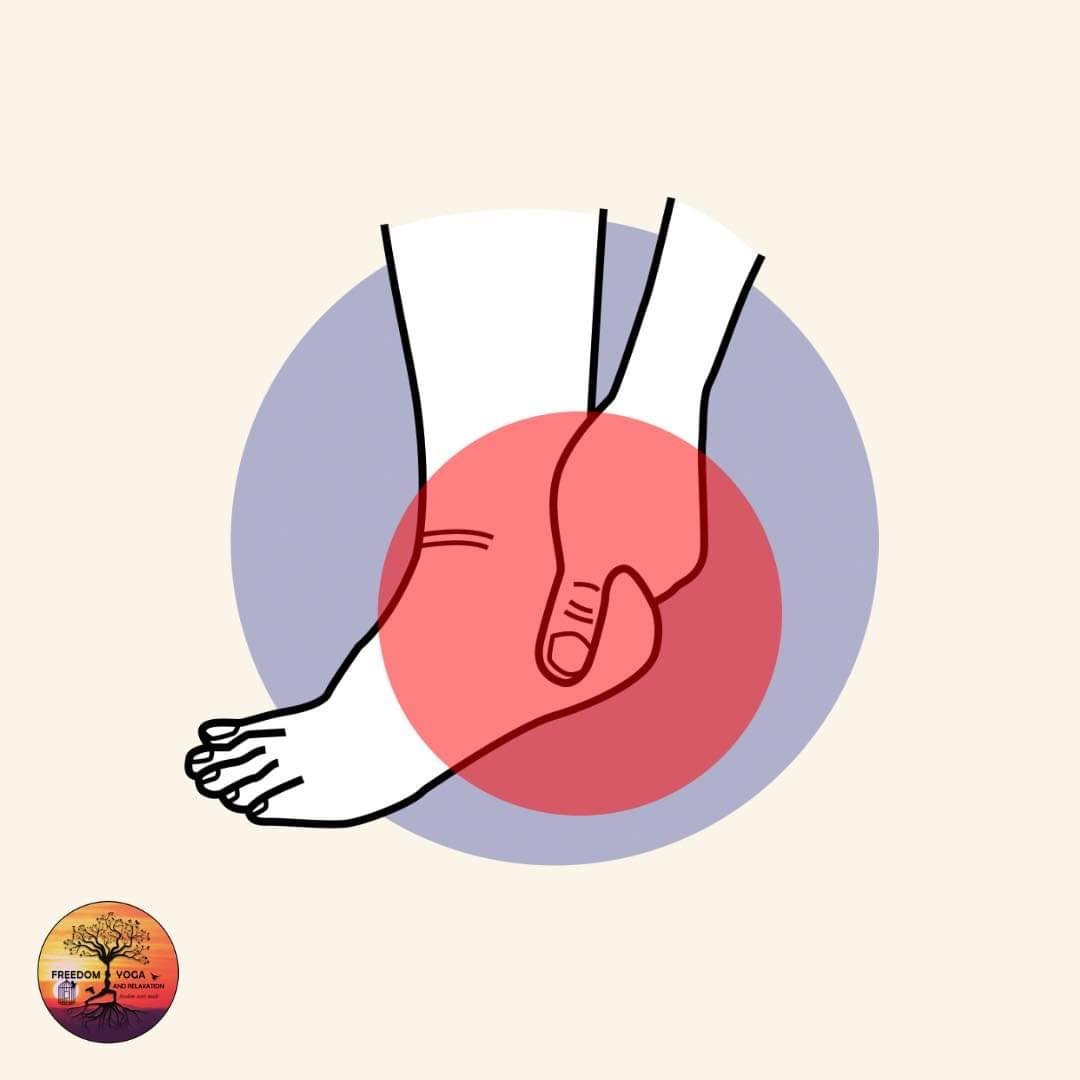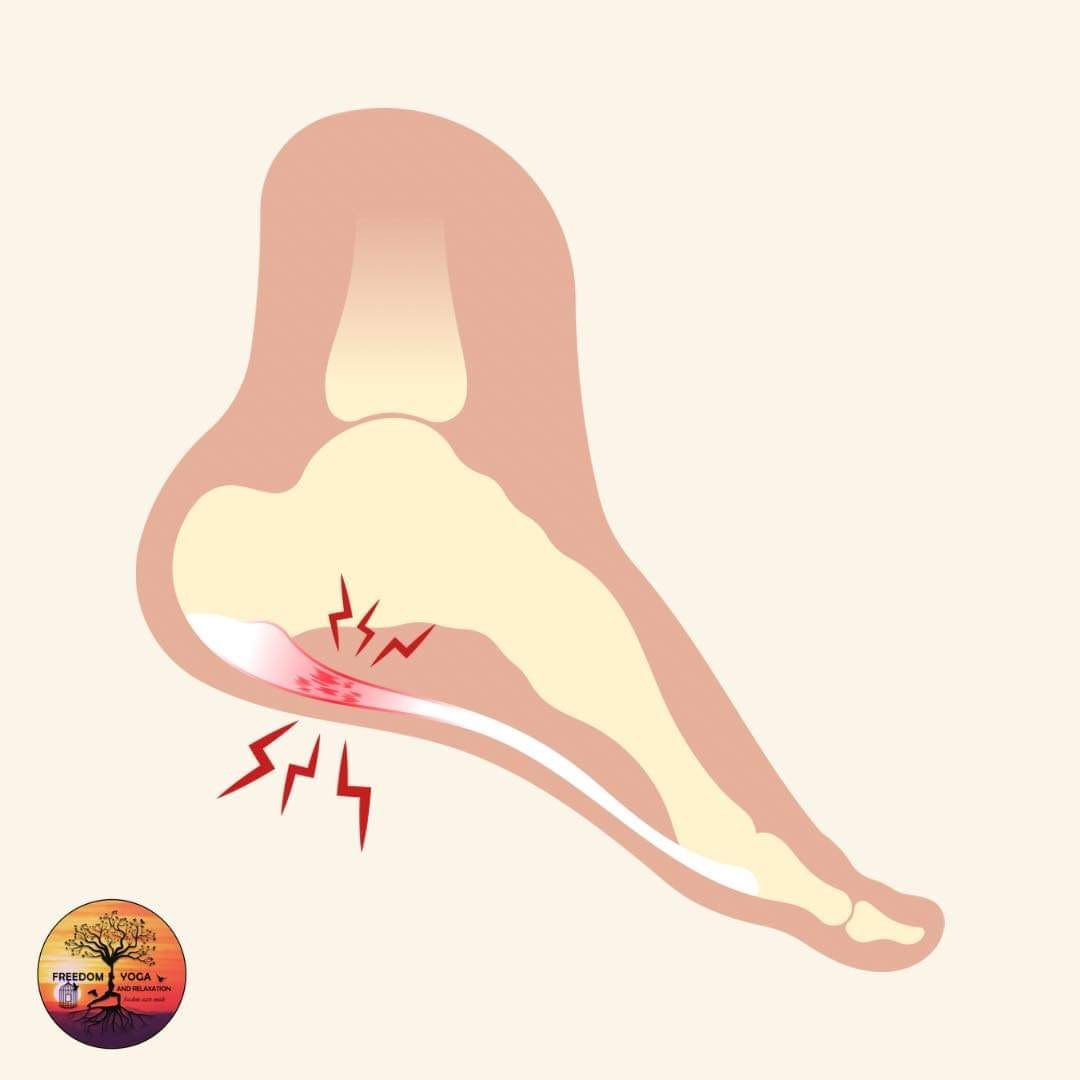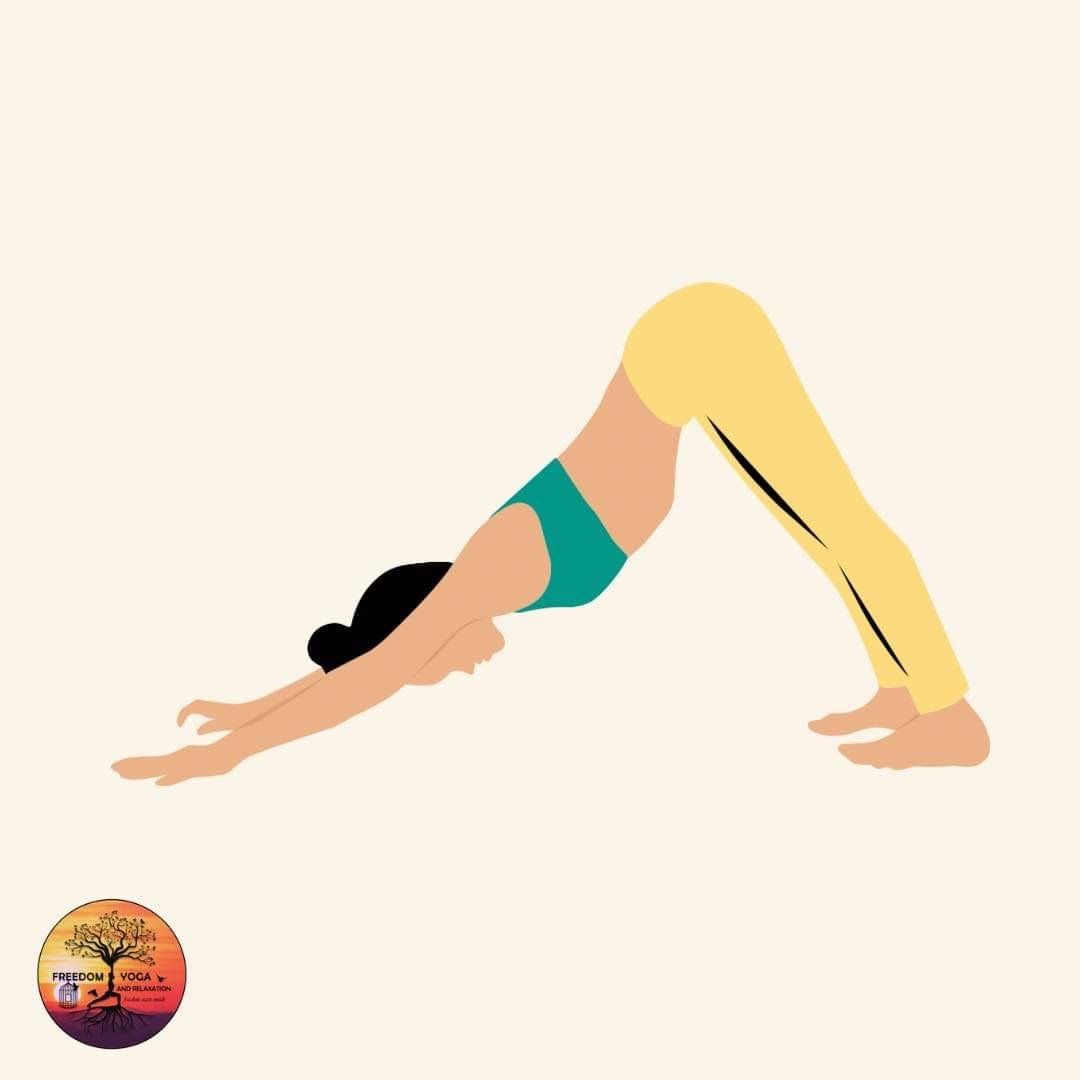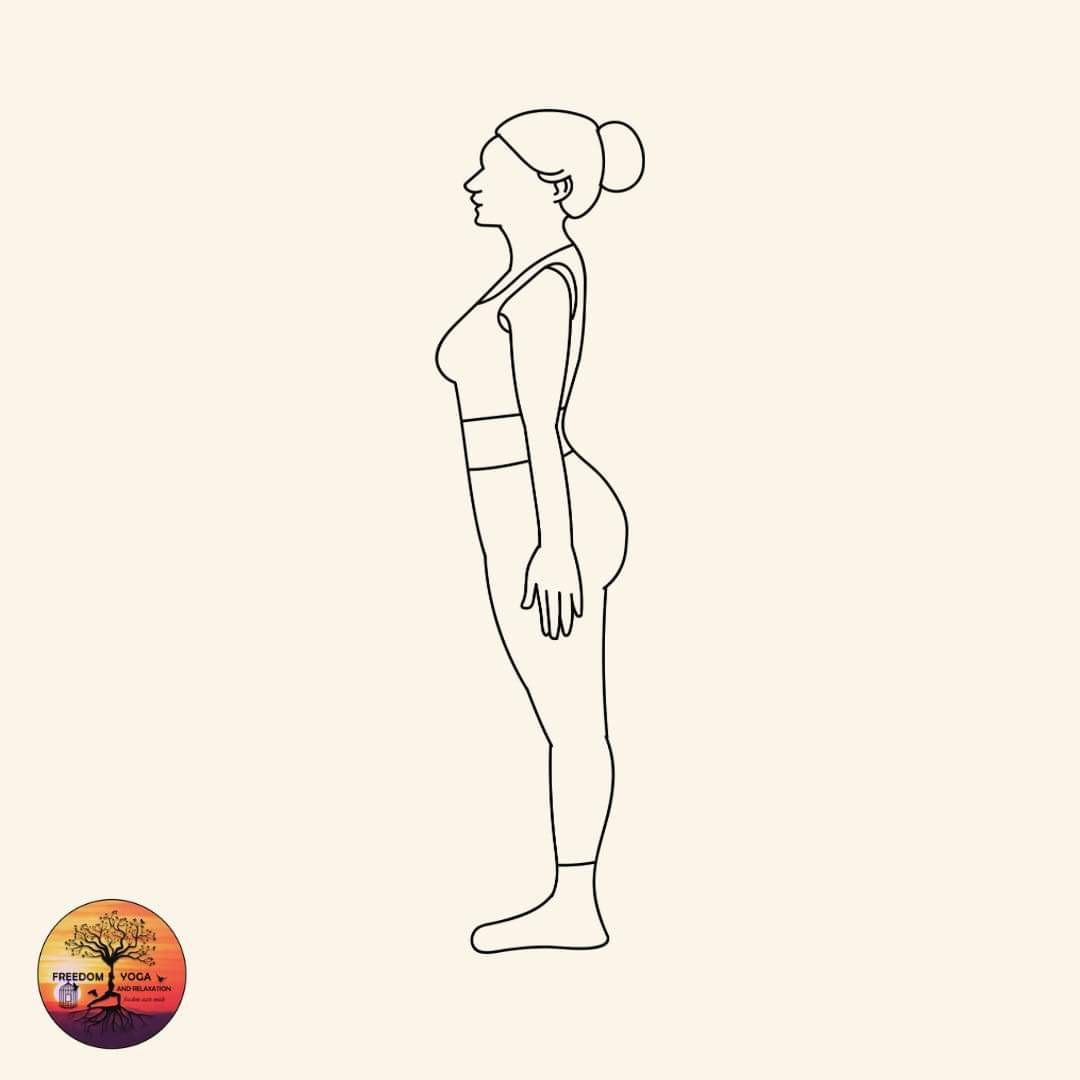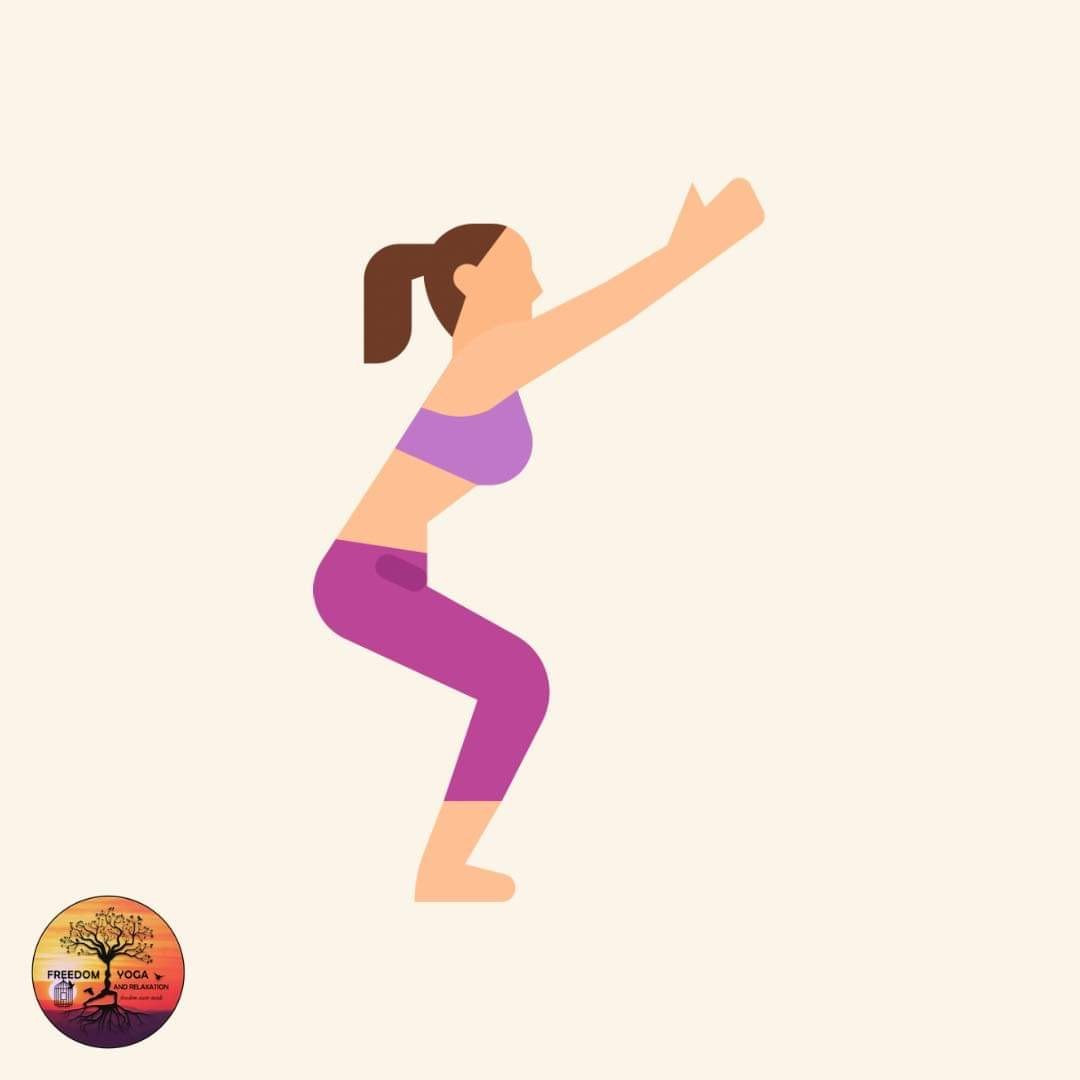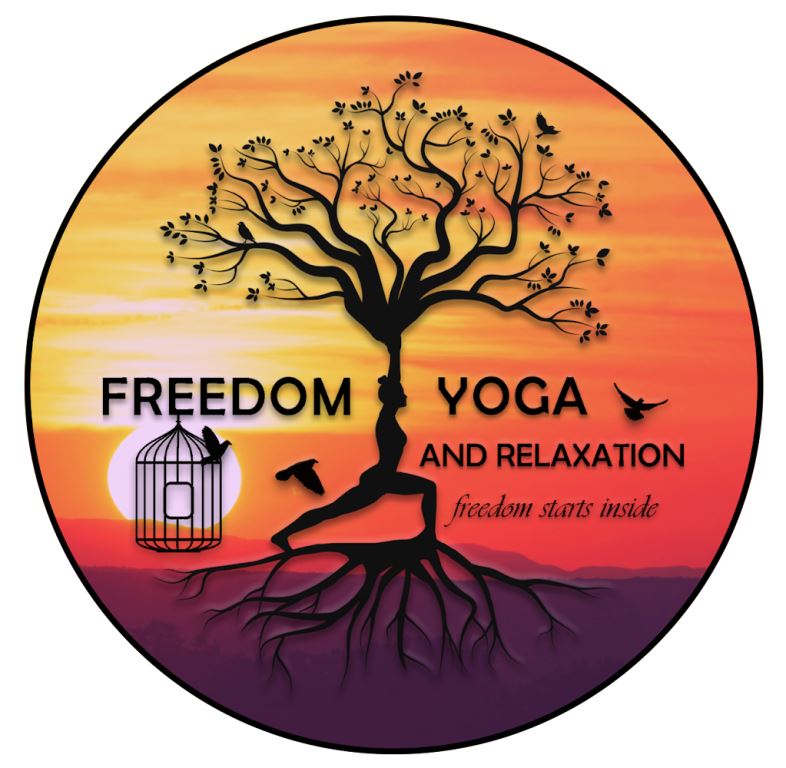Do you suffer with Planter Fasciitis?It can be a right old pain in the foot!
Tightness of calf muscles and hamstrings can be a contributor as they limit dorsiflexion (this is the drawing of the foot up towards the shin). Another contributor is a sudden increase in exercise like distance running and over-use or over-stretching.
Calf stretching like that experienced in downward facing dog in yoga is known to be effective in treating plantar fasciitis. As the calf is stretched, foot pain often decreases. It is important though that proper foot and knee alignment is maintained because poor alignment may actually have created the problem. The foot needs to be in a neutral position where the heel bone is vertical rather than dropping inwards (pronation) or outwards (supination).
Tracking knees correctly will create improved foot/floor contact facilitating improved weight support and more efficient foot placement. Eg in some poses, the big toe is reluctant to Stay in contact with the ground.
Therefore, for anyone already struggling with plantar fasciitis, please pay attention to your knee and foot alignment during yoga. Poor alignment may aggravate your condition Whilst neutral alignment may well result in improvement.
A foot self-massage can be really soothing and helpful - particularly when done in the bath. In my yoga therapy sessions, I can guide your through a series of stretches and exercises effective for the prevention of, or to alleviate plantar fasciitis. It is important that these are done correctly to avoid aggravation or further damage. These exercises should then be practiced regularly until your condition is resolved and then occasionally after to prevent recurrence. If you think this would be helpful for you, then book yourself an appointment via the booking system on my website. Use the link below for quick access.
If you are practicing yoga at home rather than in a face to face class, it is a good idea to occasionally have a 1:1 face to face session so that things like foot and knee alignment are supporting your practice well. Booking link https://bookwhen.com/freedomyogaandrelaxation
0 Comments
Leave a Reply. |
enquiries and BOOKINGSTel: 07789 893467
Email: [email protected]
|
Copyright Freedom Yoga and Relaxation, 2024
|

